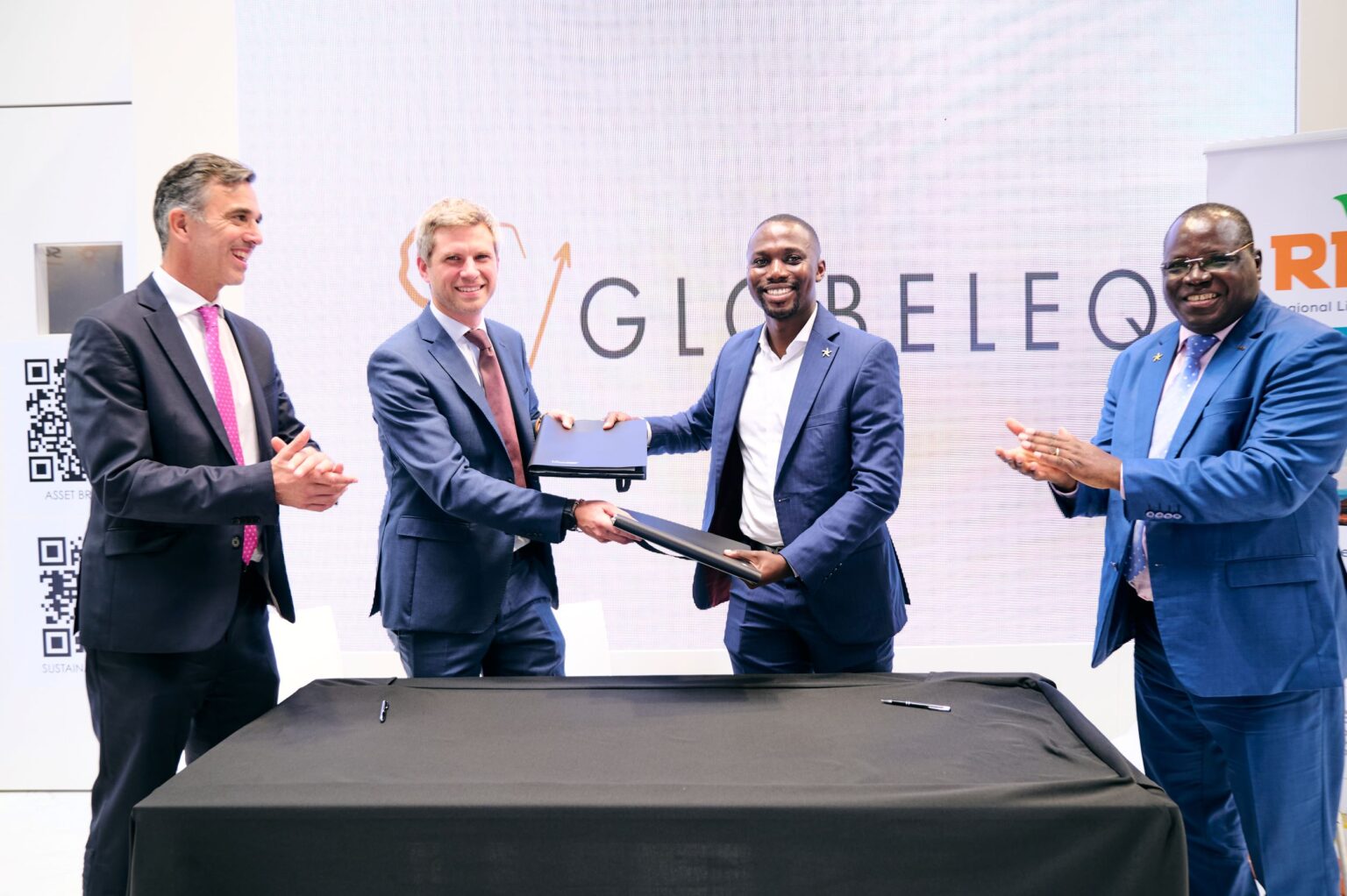- ATIDI supports the 35MW greenfield geothermal project in Kenya with its Regional Liquidity Support Facility (RLSF).
- The project, the first to be considered for RLSF cover in Kenya, is set to benefit from ATIDI’s liquidity instrument which will cover the risk of payment default by public entities: Geothermal Development Corporation and Kenya Power.
- Kenya’s power sector benefits from an active private sector and boasts abundant renewable energy resources with hydro, wind, and geothermal projects dominating its energy mix.
Regional Liquidity Support Facility (RLSF)
The African Trade and Investment Development Insurance (ATIDI) and Globeleq Africa Limited, have jointly announced the former’s support for the 35MW Globeleq Menengai Geothermal Project with liquidity cover via the Regional Liquidity Support Facility (RLSF).
RLSF, a joint initiative of ATIDI, the KfW Development Bank and the Norwegian Agency for Development Cooperation (Norad), is a credit enhancement instrument available to renewable energy Independent Power Producers (IPPs) that sell the electricity generated by their projects to state-owned power utilities. RLSF is offered in ATIDI member countries that sign the RLSF Memorandum of Understanding.
RSLF advancing Kenya’s renewable energy plans
Commenting on the deal in Barcelona during the first day of the Africa Energy Forum (aef), ATIDI CEO Manuel Moses said: “We are proud to collaborate with Globeleq, KPLC, GDC, and the Government of Kenya on this transformative project. This partnership, coming so soon after the signing of the RLSF MoU in February 2024, underscores our commitment to fostering sustainable development and promoting renewable energy solutions across Kenya and the region.
“Together, we are driving positive change and advancing Kenya’s energy transition. Given Globeleq’s huge and growing portfolio of renewable energy projects across the continent, we look forward to building on this partnership.”
On his part Globeleq Interim CEO Jonathan Hoffman, congratulated ATIDI on the landmark deal and committed to continue working with the insurer and their partners on future energy projects.
“The Regional Liquidity Support Facility is a critically important product that gives companies the comfort around payment from customers that they need in order to invest in major renewable power projects in Africa such as our Menengai geothermal project in Kenya. This imaginative product from ATIDI, KfW and Norad provides critical liquidity support against payment default allowing companies like Globeleq to invest with confidence,” Hoffman said.
Read also: Flexibility choices could be a fatal blind spot in Africa’s renewable energy transition
Coalition of financiers supporting the Kenya geothermal projects
The project, the first to be considered for RLSF cover in Kenya, is valued at $117 million with financing being provided by the African Development Bank (AfDB), the Eastern and Southern African Development Bank (TDB), the Finish Fund for Industrial Cooperation (Finnfund), and equity from the project owners, Globeleq.
The proposed RLSF policy will cover the risk of payment default by the national utility, Kenya Power & Lighting Company (KPLC) and Geothermal Development Corporation (GDC) – a government-owned company formed to accelerate the development of geothermal resources in Kenya. Steam will be supplied to the project by GDC under the terms of a 25-year power implementation and steam supply agreement, whilst the electricity generated will be sold exclusively to KPLC under a power purchase agreement for the same duration. The Project Company also benefits from a Letter of Support from the Government of Kenya.
Kenya, the host country of ATIDI’s headquarters, became the tenth ATIDI member state to sign the RLSF MoU after Benin, Burundi, Côte d’Ivoire, Ghana, Madagascar, Malawi, Togo, Uganda and Zambia. The RLSF MoU aims to encourage collaboration between ATIDI and its member states in identifying, developing, and implementing renewable energy projects.
In addition, the objective of the RLSF MoU is to leverage each member state’s natural resources to generate clean and sustainable energy and reinforce its power generation and transmission capacity.
RLSF support to energy projects across Africa
To date, RLSF policies have been approved in support of seven (7) renewable energy projects in Burundi, Malawi, Uganda and now in Kenya; enabling total financing of $323.7 million and a total installed electricity generation capacity of 171.3MW, courtesy of $20.6 million worth of cover under the RLSF portfolio – achieving an impressive leverage or mobilization ratio of 16 times.
Kenya’s power sector benefits from an active private sector and boasts abundant renewable energy resources with hydro, wind, and geothermal projects dominating its energy mix.
Furthermore, the Government of Kenya has outlined ambitious plans to increase the country’s electricity generation capacity from 3,078MW in 2023 to 5,000MW by 2030. Geothermal projects are therefore expected to play a significant role in achieving this target and in advancing the nation’s renewable energy goals.
Thanks in part to ATIDI’s RLSF initiative which ensures the stability and the viability of renewable energy projects, Kenya is on its way to meeting its goal of transitioning to 100 percent clean energy by 2030.

